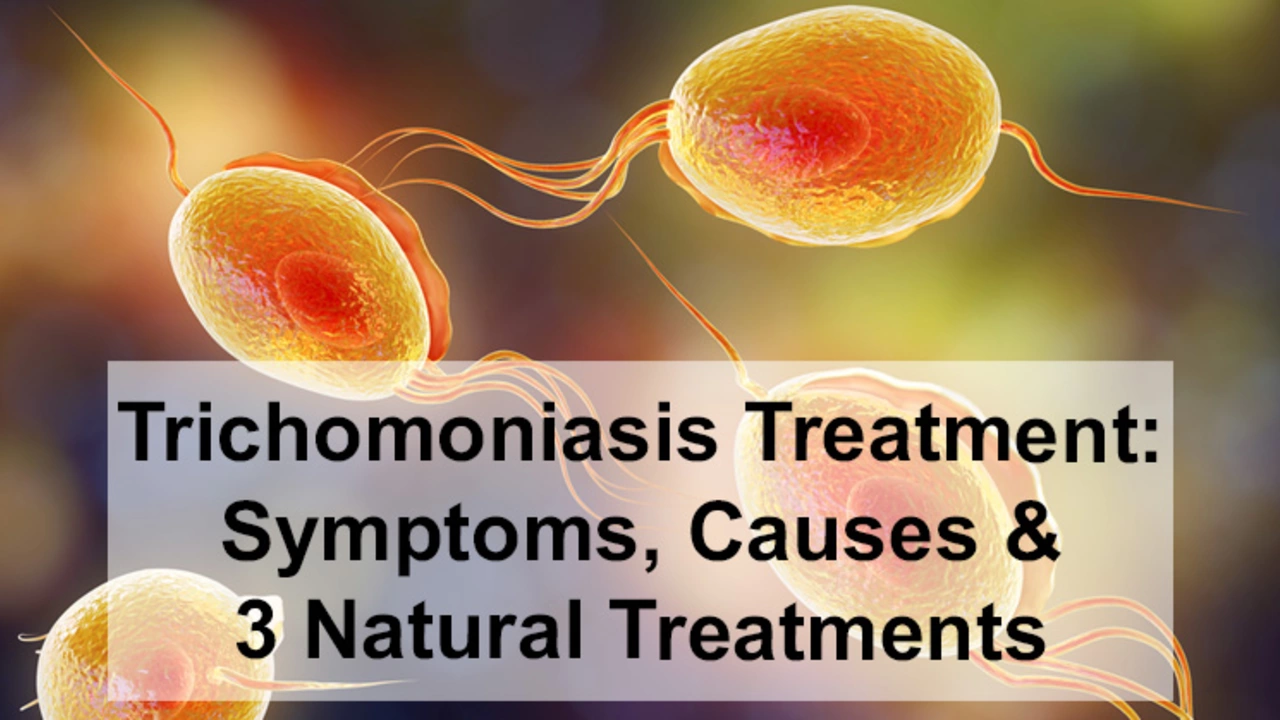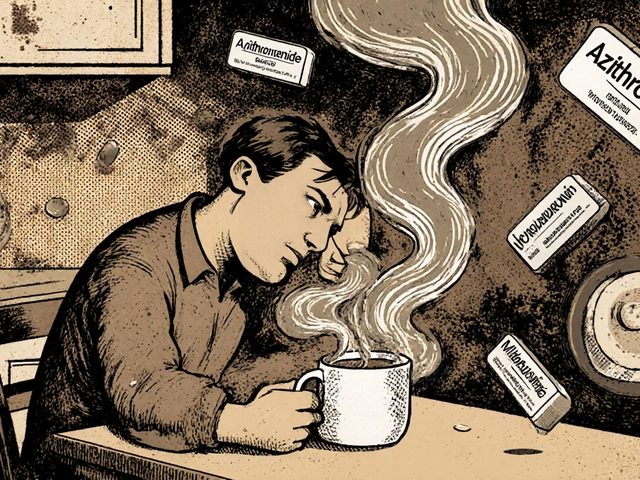Vaginal infection: quick guide to symptoms, care, and prevention
Worried about unusual discharge, itching, or odor? Vaginal infections are common and treatable. This page cuts to what matters: how to tell the main types apart, what you can do at home, and when you need a clinician.
How to spot the difference
Not every symptom means the same problem. Three common types are yeast infection, bacterial vaginosis (BV), and trichomoniasis.
Yeast infection: intense itching, thick white clumpy discharge (like cottage cheese), and redness. It usually isn’t smelly. Over-the-counter antifungal creams or suppositories often help.
Bacterial vaginosis: thin, grayish discharge with a strong “fishy” odor, especially after sex. BV needs antibiotics prescribed by a clinician.
Trichomoniasis: caused by a parasite, it can give yellow-green frothy discharge, itching, and irritation. Treatment requires prescription medicine for you — and usually your partner too.
Other signs that need prompt care: fever, severe pelvic pain, heavy bleeding, or symptoms that don’t improve after treatment. Pregnant people should see a provider quickly for any vaginal infection symptoms.
Treatment, home care, and prevention
Diagnosis often starts with a short exam and a swab. That tells a clinician whether you need antifungals or antibiotics. Don’t guess and treat the wrong condition — that can make symptoms worse or recur.
Home care that helps: wear breathable cotton underwear, avoid tight synthetic clothing, skip scented soaps and douches, and dry the area gently after bathing. If you use pads or tampons, change them regularly.
Simple prevention steps: avoid douching, use condoms with new partners, finish prescribed antibiotics (and talk to your clinician about yeast risk), and manage blood sugar if you have diabetes — high sugar can increase yeast risk.
Probiotics and yogurt are popular tips. Some people find vaginal or oral probiotics useful, but evidence is mixed. If you try them, pick products from reputable brands and tell your clinician.
Recurring infections need attention. Ask about testing for underlying causes, partner treatment when needed, and longer prescription plans that prevent relapse.
Got symptoms now? If it’s mild and matches a yeast infection, OTC antifungals can work. If you’re unsure, pregnant, or symptoms are severe, see a clinician. Quick care usually brings fast relief.
Want more practical articles on medications, tests, or when to see a doctor? PrescriptionPoint.SU has clear, research-based guides to help you manage vaginal health and medication choices.

In my recent research, I've discovered that Trichomoniasis is a common vaginal infection caused by a parasite. The signs can range from irritation and foul-smelling discharge to no symptoms at all. It's typically diagnosed via a physical exam or lab test. If you test positive, don't worry, it's treatable with antibiotics. Remember, early detection is key, so don't hesitate to get checked if you suspect something's off.
Continue Reading





